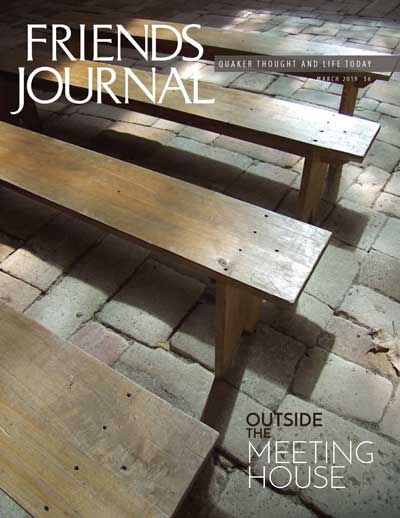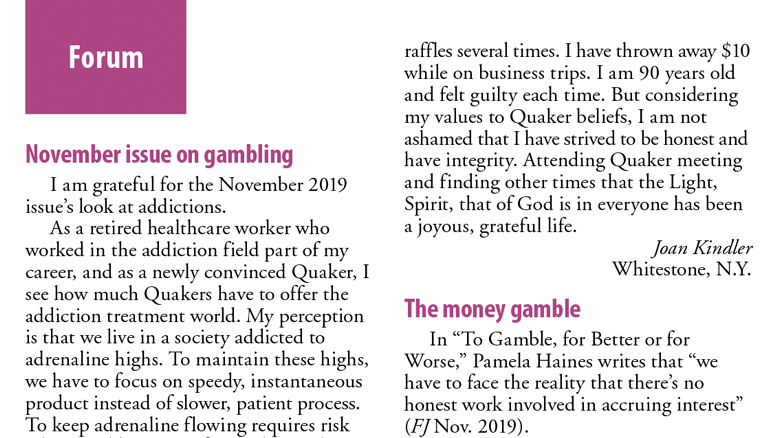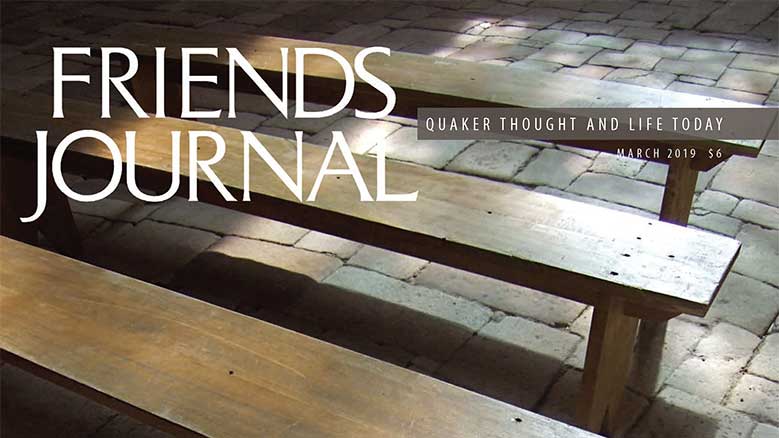
Faces of Addiction is a project to make compassion possible. It started as an art project for personal growth, took shape as a social project with ambitious goals, and then morphed into a personal ministry. Here’s what happened.
The underlying goal—though I didn’t articulate this until well into the photography phase—was to create the possibility of compassion.
On January 1, 2018, we held a small house party. A member of our Quaker meeting who had lost an adult son to opioid addiction advised me tartly that I should be photographing addicts. As someone with a reputation for emotive landscapes and architectural photography, I demurred.
Three weeks later on a long drive from Cincinnati, Ohio, to Vermont, it came to me that it was about time to do something new: old dogs and new tricks. (I was 72 at the time.) Then, somewhere between the towns of Boredom and Ennui, a bulb went off. Done right, really right, these images, accompanied by life stories, could demonstrate that addicted people are just that—people who are afflicted. And done really right, it might be possible to put a nick in the giant cheese wheel that is the problem of addiction. The underlying goal—though I didn’t articulate this until well into the photography phase—was to create the possibility of compassion.
“Done really right” meant doing the following:
- Environmental portraiture, not shock shots or street photography, the goal being to reveal as much of the truth about each person’s character as a single photo can do
- Black and white, both for impact and to reduce the distractions of color
- Available light if at all possible, again, to keep it real
- Each photo accompanied by a brief life story of the subject
- The stories and photos reaching the greatest number of people possible, requiring multiple media (including social media), venues, and as much PR as could be created
What I did not anticipate, or even dream of, was that this social project would become a personal ministry, but it has. The act of respectfully and empathetically listening to the volunteer subjects has actively helped numbers of them.
This is what has happened: A 501(c)(3) corporation was formed with board members from Cincinnati Friends and elsewhere. A physical show of the complete set of portraits and stories opened in Cincinnati on January 16. A collateral book is being produced. A brief Ken Burns-style movie was made, and plans are in place for a 23-minute documentary by the same film maker for use in rehab clinics and in high school assemblies. A web version of the book will be mounted concurrently with the physical display. The local National Public Radio affiliate has featured us in a podcast and a media partnership with ThinkTV (the mini-conglomerate owning several public television stations in southwest Ohio) has started its own “Heroin Initiative.” A six-minute video of the opening has been prepared by videographer Ron Harper.
What I did not anticipate, or even dream of, was that this social project would become a personal ministry, but it has. The act of respectfully and empathetically listening to the volunteer subjects has actively helped numbers of them. They feel validated and listened to, and feel that they have contributed to something that might help others. Cincinnati Meeting (my monthly meeting), after a rigorous clearness process, has minuted the ministry, for which I am appreciative.
As this project continues to grow and morph, I’m hopeful that it will, in fact, reach the goal of 500,000 people seeing and reading these stories. So far, this project has resulted from personal networking. Most of the gifts have been in-kind services: web design, book publication, physical production of gallery-size framed images, and story plaques—all these have been donated because people are alive to the problem and want to help.
Inevitably, that’s going to change as greater production and administrative costs are incurred. Yet I am confident way will open, as the plight of these people—and the occasional success story, because sometimes rehab actually works—becomes known. One can’t foresee the future, but for a person of large doubts and uncertain faith, I am confident that some people’s lives will be changed for the better by this work. This has already happened on a very small scale. How far will it reach?















bravo Eric…yes, the faces of our humanity…squarely in the eye.
God supplies the wind, but we must set the sail .
Eric,
I’m very glad you’re doing this! As a person recovering from alcohol addiction, I can empathize with the people whose faces you have captured so well.
I hope, if you mention resources to overcome addiction anywhere in your materials, would you see fit to include Alcoholics Anonymous and the other relevant 12-step programs. They have an astonishing track record for people staying sober and growing spiritually, as I can attest personally. There are so many stories of hope!
Granted, the program stays anonymous on purpose and by design, but I believe in getting the word out.
This is an inspiring story! Thanks for sharing.
Check out Chris Arnade “Faces of Addiction” (2012 ) who has been working this exact project for nearly a decade. Very interesting and virtually exact similarities.
I come from a family with a history of addiction. I’ve never suffered an addiction myself. I’ve only experienced addiction when I’ve watched loved ones struggle with addiction. Those were my thoughts as I viewed these heart-wrenching photos—behind every suffering addict in these photos is a family agonizing about how to rescue them from that hell.
Thankfully, my loved ones are all in recovery. But it’s one-day-at-a-time. They begin each day with the resolve that they won’t become active users again. Their loved ones accompany them on that trying path. Their odds of prevailing over addiction are best when they have that, their loved ones and their faith, to support them.
No one sets out in life intending to become an addict. This photo essay is a compelling testament to that.